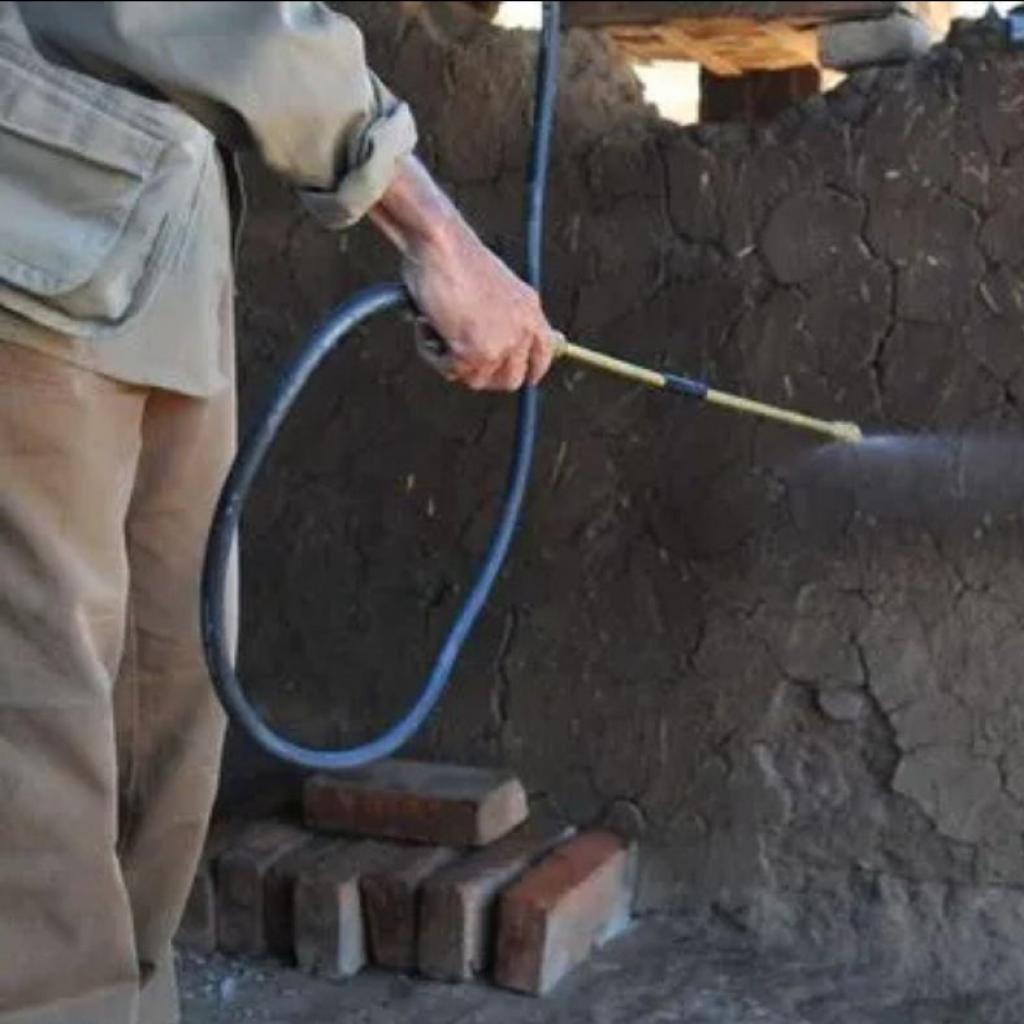Resources for control and management of cystic echinococcosis

Course details
About this course
Cystic echinococcosis is a human parasitic disease caused by the tapeworm Echinococcus granulosus sensu latu. The life cycle of this parasite involves a carnivorous definitive host (typically dogs) and an intermediate host (typically sheep). In humans, untreated cysts might pose a risk of rupture, which can result in severe complications such as anaphylactic shock, disseminated infection or death. This course provides basic resources (and links to more detailed information) to prevent, control and manage cystic echinococcosis. It is aimed at clinicians, health facility managers and health practitioners at all levels of health services that work on preventing cystic echinococcosis or provide care for patients with cystic echinococcosis. It is also aimed at veterinarians, animal technicians, public health workers, and Neglected Tropical Diseases programme managers who work in endemic areas and are interested in preventing and controlling the disease through a One Health approach.
By the end of this course, you should be able to:
- Describe the transmission cycle of Echinococcus granulosus
- Explain the burden of disease caused by Echinococcus granulosus
- Define endemicity for cystic echinococcosis
- Discuss the options for diagnostics in humans and animals
- Illustrate the use of cyst ultrasound staging to select the most appropriate treatment option
- Request an albendazole donation
- Advocate for a One Health approach to cystic echinococcosis
- Explicate the indicators that can be used for monitoring and evaluating cystic echinococcosis control programmes.




 Infolep
Infolep